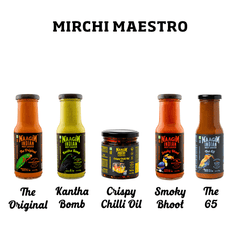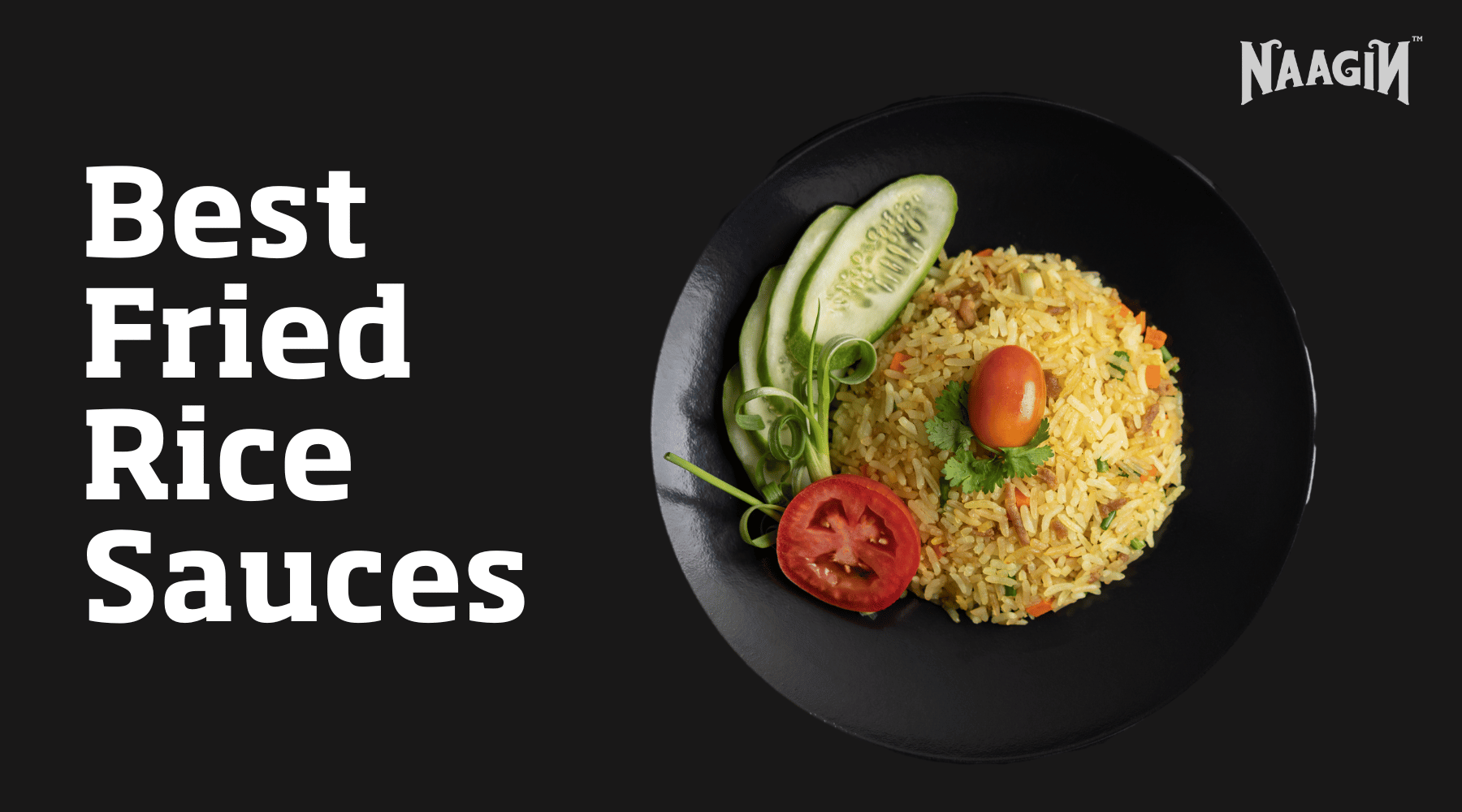
We’ve all seen this ‘nazar battu’ hanging from shops, cars and more and if you’ve ever wondered why anyone would decorate their possessions with a lemon, chillies and charcoal, you’re far from the first. But since you know this is a very ‘Indian thing’, you know the answer goes a few different ways! Here’s the definitive answer – Nimbu-Mirchi Combo Explained through Mythology and Science.
Mythology
So the story goes, Lakshmi, the goddess of wealth, prosperity and well-being also has a twin named Alakshmi, who it is believed is the opposite of Lakshmi and brings poverty, misfortune and suffering.
This is where the plot gets a Shyamalan twist.
Interestingly, Alakshmi loves spicy, hot and pungent foods, in contrast to the sweets that please Goddess Lakshmi. It is believed that the ‘nimbu mirchi’ combo is put up so that when Alakshmi does come by to say hi and cast her evil eye, she’s pleased by the lemons and chillies and satiates herself with them without proceeding to enter the shop, car, house, etc. in question.
Beware of Gods.
Science
Local restaurants sometimes place lemons on each table to save their customers any trouble from the insects that may hover around for food. The active heat producing ingredient, capsaicin, repels mosquitoes and flies because it is an irritant. Meanwhile, the cube of charcoal that forms the base of the combination when hung on doors, serves the same purpose by keeping ants.
As naturally occurring disinfectants, science also gives credence to the power of the combination as an ancient way to help you keep good health by purifying the air around you. The cotton thread that runs through the chillies and lemon to keep them both intact, absorbs the lemon juice and capsaicin from the chillies and gives out a sweet, tangy fragrance that keeps the surroundings fresh for long.
Boom. Science.
Something More Practical Perhaps?
If you don’t quite buy that explanation, there might be a far more practical reason why this lemon and chilli combination has stood the test of time and superstition. Allegedly centuries ago, when people had to undertake long travels on foot, they often had to traverse through a variety of landscapes and encounter the threats of predators and inconsistent water supply.
To combat these issues in part, it seems our traveling heroes carried our good old ‘nimbu mirchi’ with them. The lemon was meant to keep them hydrated while the chilli could be used to check if snake bites were venomous or not. It was believed that when the traveller bit on a chilli and couldn’t taste it, it would indicate that the snake was poisonous and numbed his/her nerves.
We can’t make up the irony of a chilli sauce called Naagin!
We’re not sure what we believe – Does it ward off evil spirits? Does it keep persistent blood-sucking mosquitoes away? Was it just a part of the travellers’ survivor pack from hundreds of years ago?
All we know is it’s one of those beautifully inscrutable, partially believable and unchangeable parts of Indian life that we never want to change. ‘Nimbu mirchi’ as a ‘nazar battu’ or otherwise is as Indian as it gets.

















